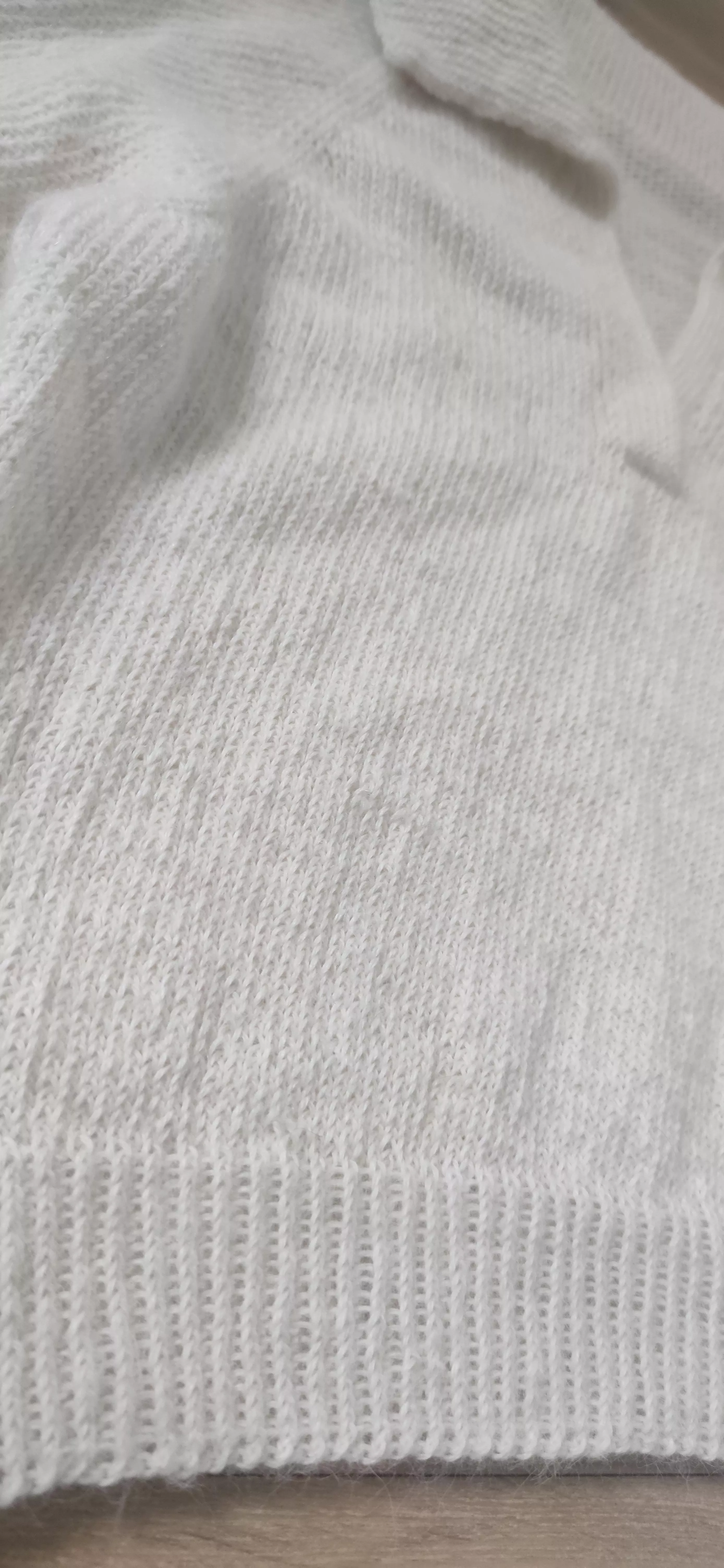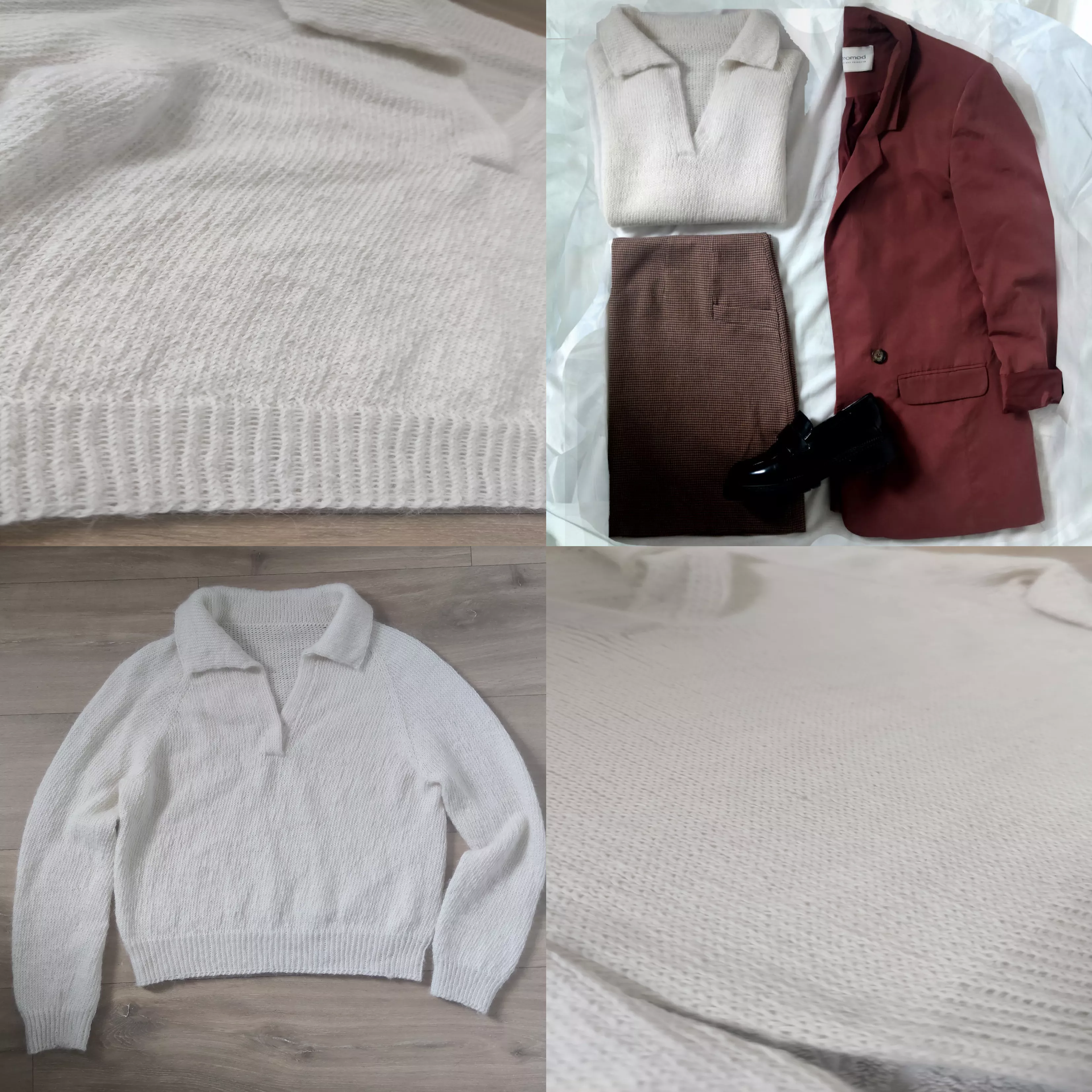The Beginning of the Story
Some time ago, I attempted to modify a sweater pattern I admired into a raglan sailor sweater with a button placket in the front. I adore this type of sweater as a wardrobe staple and envisioned creating a timeless piece to cherish for years.
However, my efforts didn't meet expectations. The sleeves started too low, making the top too wide, and the chosen pale blue for the stripes almost verged on violet. The overall look lacked the chic appeal I sought.
It became clear that despite the time invested, I wouldn't wear this garment. It was out of the question to store it knowing this. Hence, I turned to what I considered the best solution: recycling.
Problems to Solve
Unknitting a sweater to create a new one presents a few challenges:
- Psychological barrier: I invest a lot of time and effort in creating, often adding personalized elements. Undoing a piece of work is hard for me.
- Aesthetic barrier: Yarn retains a wave-like pattern once unraveled, visible if reused as is (see visual). Finding a way to overcome this was necessary.
- Material barrier: Recycling yarn means using it in a project that requires less yarn since material isn't created (unless remnants exist). I had to select a less yarn-intensive project.
Solutions to the Problems
I found the strength to overcome the psychological barrier!
Regarding the choice of the model, I selected the Elisabeth blouse from PetiteKnit. It aligned with the material (fine alpaca yarn), color, and the available yardage.
The issue of the imprinted yarn texture remained. I identified three solutions:
- Firstly, passing the wavy yarn over boiling water vapor straightens the fiber, restoring its initial shape as if never knitted. While effective, this method leaves the fiber slightly damp and is time-consuming, unsuitable for the 10 skeins needed for this project.
- Secondly, re-spooling the yarn around a form and letting it relax over time. This process, which I've used before, takes about a month. As I didn't want to wait that long, I opted for the third solution.
The last option involves doing nothing and knitting the yarn as is. After completion, using a steam-equipped iron removes irregularities.
You can find videos demonstrating these methods on my Instagram and TikTok accounts.
What you'll need :
Knitting pattern : Elisabeth blouse by PetiteKnit
https://www.petiteknit.com/en/products/elisabeth-blouse
Yarn used : Alpaca, Ecru (Natural - 100), Drops







There is no comment yet.
Add a comment